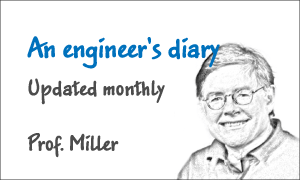David Philipp Morisco
Powertrain Solutions, Robert Bosch GmbH
Abstract
Nowadays, an impressive effort is done to precisely predict the occurring losses of a rotating electrical machine. With increasing availability of high performance computing (HPC) and the acute interest for precise loss calculations, the simple empirical approaches to estimate additional losses may have come to their limits. Especially in the field of losses in the end-winding region of high power density electrical machines, this tendency has been further aggravated by changing the winding technology from thin wire pull-in winding to massive conductor bar-wound winding.
This paper presents a method to combine basic machine learning approaches with highly complex 3D modeling and parallel solving using HPC systems for ac loss model identification. The identified models are discussed and their strength and accuracy are evaluated at several test designs. The approach is illustrated at a 100kW traction motor machine where the additional losses are depicted for several operating points within the drive map.
You need to sign in as a Regular JMAG Software User (paid user) or JMAG WEB MEMBER (free membership).
By registering as a JMAG WEB MEMBER, you can browse technical materials and other member-only contents for free.
If you are not registered, click the “Create an Account” button.
Create an Account Sign in



